Wichtige Dokumente
448281
(3-Acrylamidopropyl)trimethylammoniumchlorid -Lösung
75 wt. % in H2O
Synonym(e):
(Acrylamidopropyl)trimethylammonium chloride, Acryloylaminopropyltrimethylammonium chloride, Trimethyl(3-acrylamidopropyl)ammonium chloride
About This Item
Empfohlene Produkte
Enthält
3,000 ppm monomethyl ether hydroquinone as stabilizer
Qualitätsniveau
Konzentration
75 wt. % in H2O
Brechungsindex
n20/D 1.4848
Dichte
1.11 g/mL at 25 °C
Lagertemp.
2-8°C
SMILES String
[Cl-].C[N+](C)(C)CCCNC(=O)C=C
InChI
1S/C9H18N2O.ClH/c1-5-9(12)10-7-6-8-11(2,3)4;/h5H,1,6-8H2,2-4H3;1H
InChIKey
OEIXGLMQZVLOQX-UHFFFAOYSA-N
Verwandte Kategorien
Allgemeine Beschreibung
Anwendung
- As a cationic monomer to synthesize polyampholyte hydrogels (PAHs). These hydrogels show pH-responsive and ionic strength-responsive behavior and are suitable for application in smart coatings and biosensors.
- As a monomer to prepare poly(APTAC) ion exchange membranes with high surface porosity, for the removal of Cu(II), Cr(VI), and As(V) ions from water.
- As a precursor to fabricate cartilage mimetic polymer scaffolds that can be used in cartilage regeneration and replacement.
H-Sätze
P-Sätze
Gefahreneinstufungen
Aquatic Chronic 3
Lagerklassenschlüssel
10 - Combustible liquids
WGK
WGK 1
Flammpunkt (°F)
Not applicable
Flammpunkt (°C)
Not applicable
Hier finden Sie alle aktuellen Versionen:
Besitzen Sie dieses Produkt bereits?
In der Dokumentenbibliothek finden Sie die Dokumentation zu den Produkten, die Sie kürzlich erworben haben.
Kunden haben sich ebenfalls angesehen
Unser Team von Wissenschaftlern verfügt über Erfahrung in allen Forschungsbereichen einschließlich Life Science, Materialwissenschaften, chemischer Synthese, Chromatographie, Analytik und vielen mehr..
Setzen Sie sich mit dem technischen Dienst in Verbindung.![[2-(Acryloyloxy)ethyl]trimethylammoniumchlorid -Lösung 80 wt. % in H2O, contains 600 ppm monomethyl ether hydroquinone as inhibitor](/deepweb/assets/sigmaaldrich/product/structures/393/326/f7e19585-5431-4220-81b5-f458de6d63d0/640/f7e19585-5431-4220-81b5-f458de6d63d0.png)
![[2-(Methacryloyloxy)ethyl]trimethylammoniumchlorid -Lösung 75 wt. % in H2O](/deepweb/assets/sigmaaldrich/product/structures/316/612/66b0f4cf-d060-427d-b4f5-e8fab3e5cffe/640/66b0f4cf-d060-427d-b4f5-e8fab3e5cffe.png)
![[3-(Methacryloylamino)propyl]trimethylammoniumchlorid -Lösung 50 wt. % in H2O](/deepweb/assets/sigmaaldrich/product/structures/189/736/089bc8ae-2a98-416d-9f9a-a0a510b6b828/640/089bc8ae-2a98-416d-9f9a-a0a510b6b828.png)
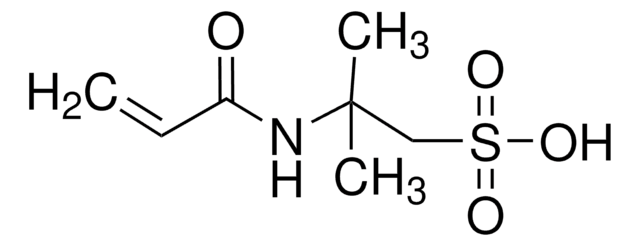
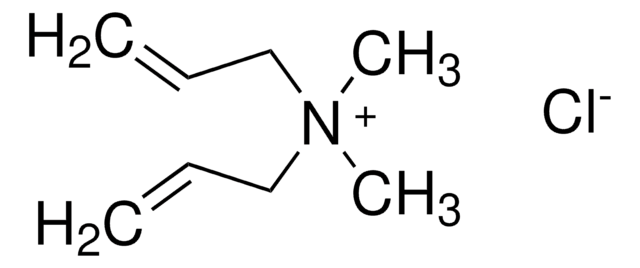
![[2-(Methacryloyloxy)-ethyl]-dimethyl-(3-sulfopropyl)-ammoniumhydroxid 95%](/deepweb/assets/sigmaaldrich/product/structures/217/219/73c91e1c-0ee4-4b3d-bead-a6dc3d09d1da/640/73c91e1c-0ee4-4b3d-bead-a6dc3d09d1da.png)
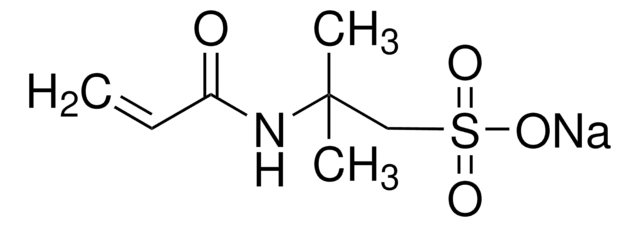


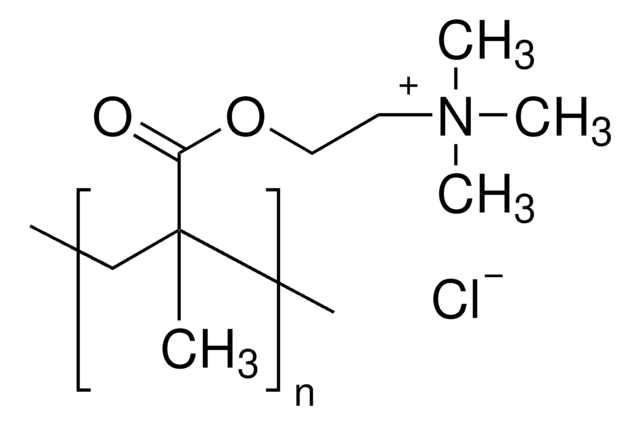
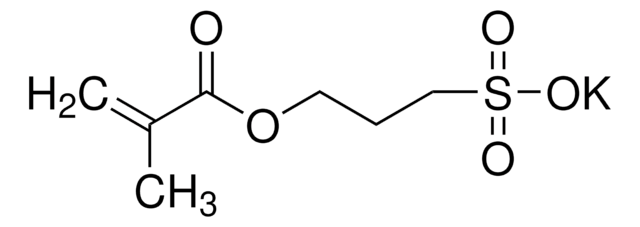

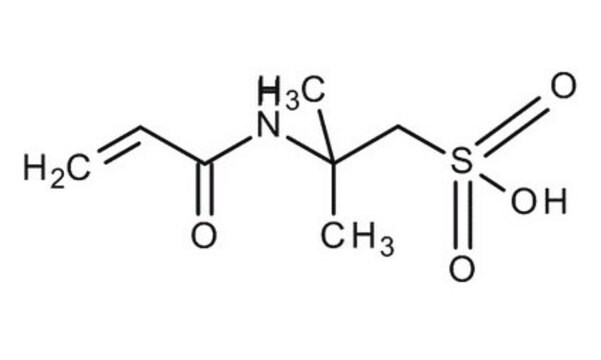
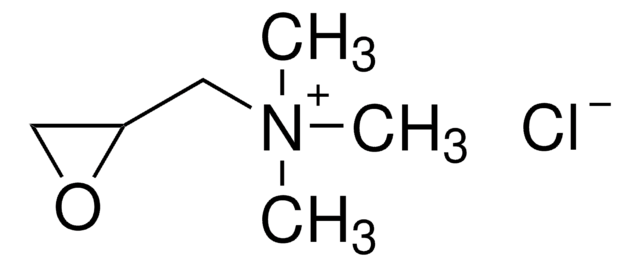
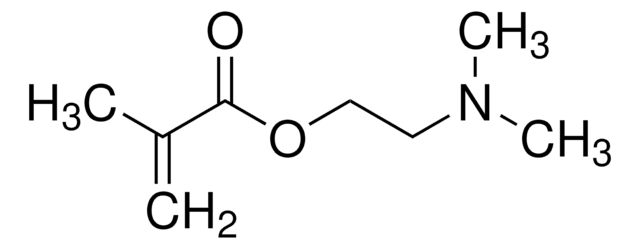
![N-[Tris(hydroxymethyl)methyl]acrylamid contains ≤7% KCl, 93%](/deepweb/assets/sigmaaldrich/product/structures/130/961/5bc6d1a4-a540-4496-9f46-74507af67e21/640/5bc6d1a4-a540-4496-9f46-74507af67e21.png)